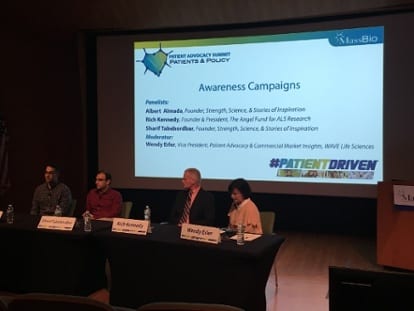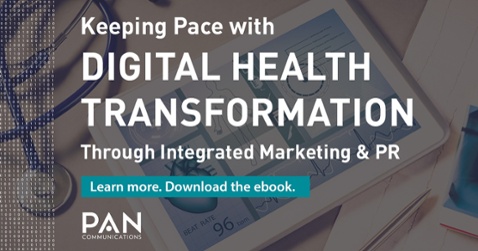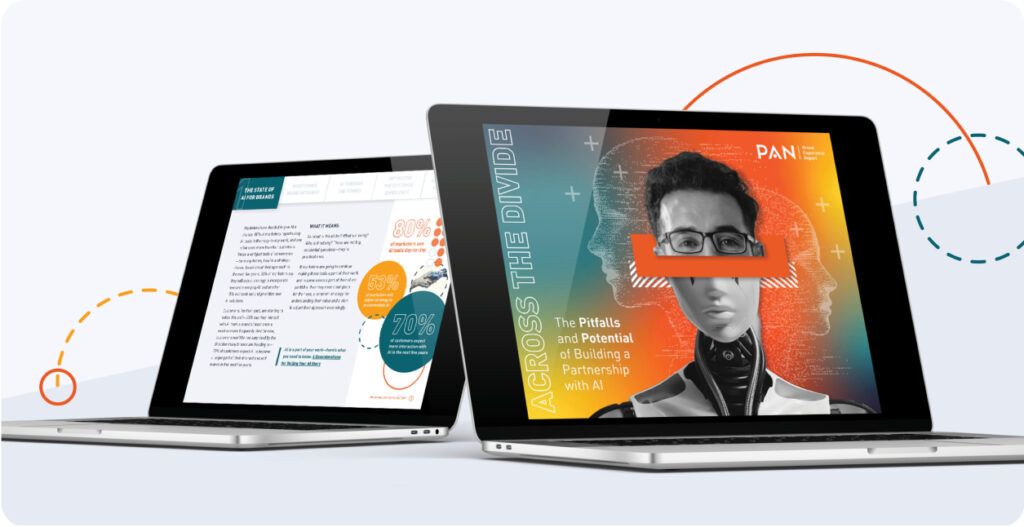A fundamental piece of patient advocacy is the human element of making a difference. For me, the most rewarding aspect of being a member of PAN’s healthcare practice is playing a role in developing patient-centric messaging platforms. In doing so, we help organizations stay true not only to their missions, but to patients’ perspective, journey and voice.
Headquartered in Boston, PAN is situated at the epicenter of biopharma and biotech activity, in a city that is fully embracing what’s next for patient advocacy. For example, PAN recently attended the 2017 MassBio Patient Advocacy Summit on behalf of PAN client Cambridge BioMarketing, an Ashfield company, part of UDG Healthcare plc and the world’s leading rare disease agency. A theme that united a full day of informative presentations and thought-provoking panel discussions was #PatientDriven. The message was clear: everything from research and development, to clinical studies, to regulation and successful creative awareness campaigns stems from placing a patient’s POV front and center.
This is nothing new. In fact, advertisers have been doing it for years. Putting a human face on research and company branding materials generates a more emotional appeal. However, marketers, public relations professionals and advertisers also have a great responsibility to tell the right story beyond pathos. Telling a patient’s story is more than just raw and impactful; it’s essential. For example, in the rare disease space, resources are often limited. Breaking down barriers to unify patient communities through real-life examples can be the best path toward a successful patient advocacy campaign.
There are more than 200 disease days/months in the U.S. alone. In creative services, we pride ourselves on thinking innovatively to convey a specific, curated story. While this is usually beneficial and leads to press coverage and positive outcomes, sticking to the basics when it comes to healthcare awareness campaigns is key. A great example of this is the national campaign for autism awareness, a simple and visual campaign. On the cause’s designated day, blue lights illuminate monuments and landmarks in an effort to spread awareness. Why are blue lights so powerful? One-third of the autism population is non-verbal. The message is clean and underscores meaning. The blue lights represent more than just a day: they represent why we should care about this specific patient population and address something new about their experience for the general public.
The media’s role in advocating for patients and moving the needle when it comes to clinical discoveries is no exception. From broadcast to movies to print journalism, the media is a critical part of advocating for patients and creating awareness for specific causes. As technology continues to advance, creative professionals will have even more ways to tell patient stories in unique ways.
As we enter into a new generation of healthcare PR, it’s important to adapt. It’s not only vital to learn how to utilize new tools, but it’s also important to listen to how patient stories are evolving to advance care, create awareness and promote change.


